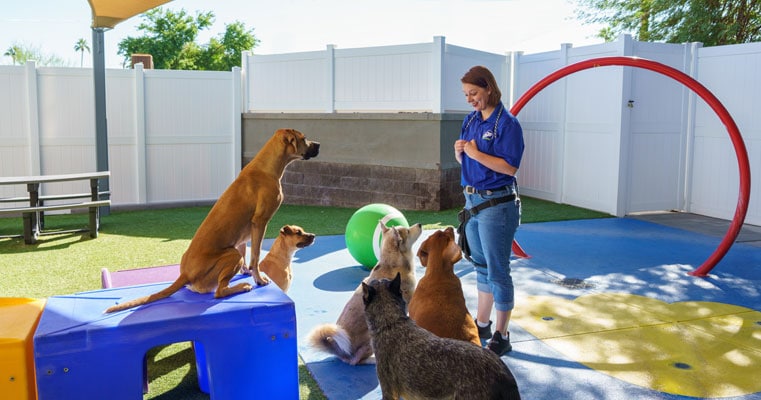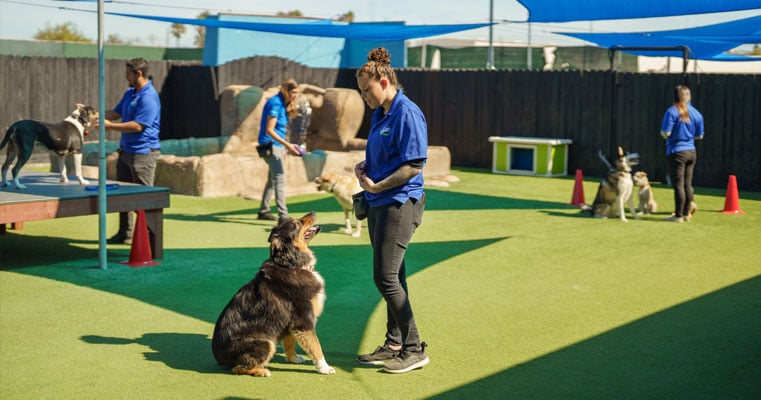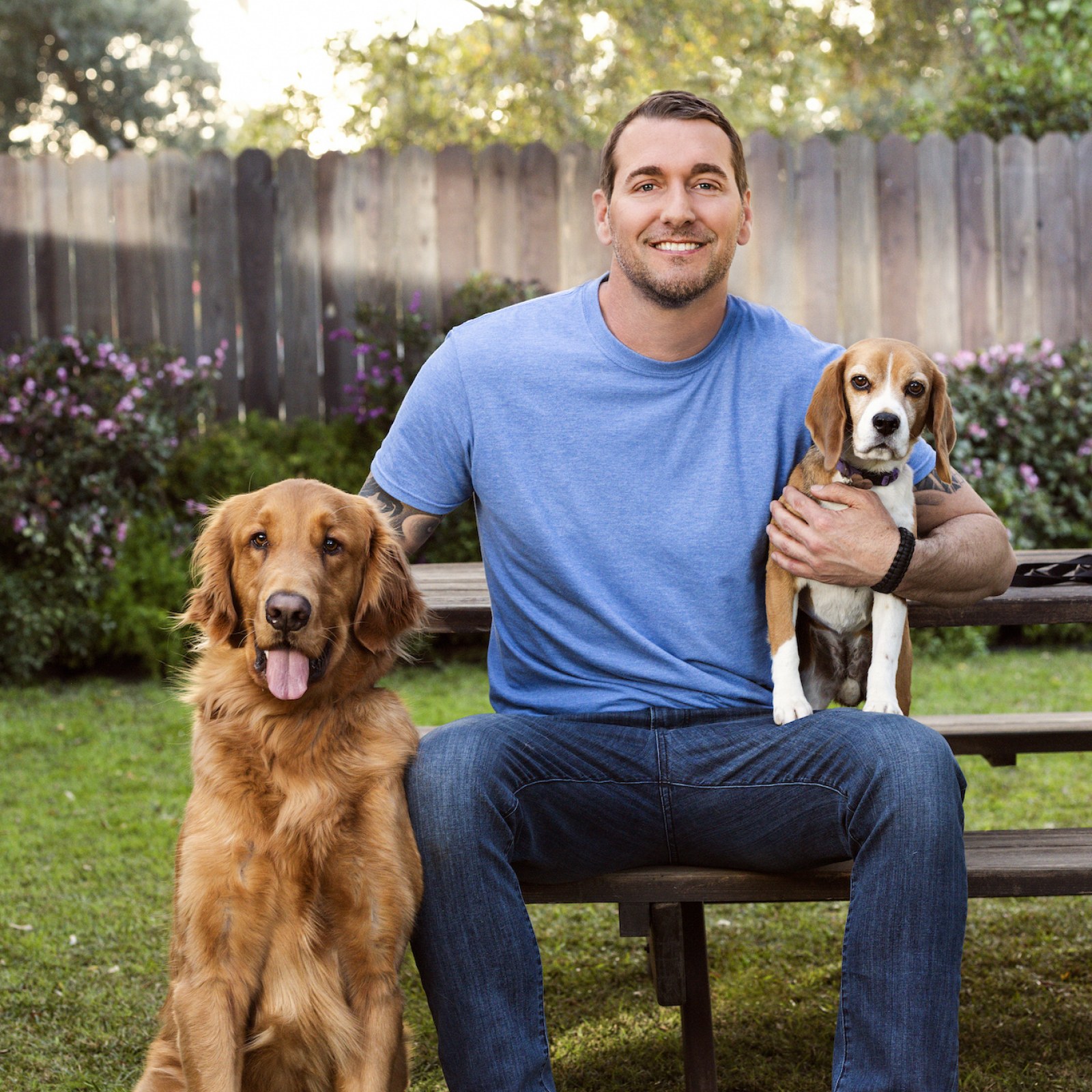Change Your Animal with These Professional Dog Training Tips
Change Your Animal with These Professional Dog Training Tips
Blog Article
Vital Tips for Effective Dog Training: An Overview for Family Pet Owners
Reliable canine training is a multifaceted procedure that calls for a calculated technique tailored to both the pet dog's character and the owner's objectives. Recognizing exactly how to navigate these barriers can dramatically boost the training experience, eventually changing the connection between owner and dog.
Recognizing Dog Actions
Understanding canine actions is vital for reliable training and cultivating a harmonious partnership between canines and their owners. dog training. Pet dogs connect largely through body language, articulations, and activities, making it essential for owners to analyze these signals properly.

Socializing plays a substantial function in pet dog behavior; exposure to various environments, individuals, and various other pets can dramatically affect a dog's temperament. Aspects such as type features and private temperament should assist training techniques, as some breeds might have certain behavioral traits that necessitate tailored strategies. By comprehending these elements, proprietors can develop an encouraging atmosphere that urges favorable behavior, bring about effective training results and a deeper bond with their family pets.
Establishing Regular Commands
Efficient communication with your pet begins with developing constant commands. This fundamental element of training is crucial for promoting understanding in between you and your family pet. Uniformity in the commands you utilize makes certain that your dog can dependably link particular words or expressions with the wanted behaviors.
When choosing commands, choose clear, unique words that are simple to say and set apart from each other. Prevent using similar-sounding commands that might perplex your canine. For instance, making use of "sit" and "stay" is appropriate, but "rest" and "struck" might lead to misunderstandings.
In addition, preserve the exact same tone and quantity for each command. Canines are sensitive to vocal hints, so varying your tone can produce confusion.
It is just as important to make certain that all relative are on the exact same web page relating to the commands made use of. A united front in command use will certainly avoid combined signals and reinforce the knowing process.
Favorable Reinforcement Strategies
The power of favorable reinforcement in pet dog training depends on its ability to urge wanted habits through benefits and praise. This strategy is based in the principle that actions complied with by beneficial end results are more probable to be repeated. By integrating favorable support into your training regimen, you can effectively shape your canine's behavior in a constructive manner.
To implement favorable support, it's important to identify what inspires your pet, whether it be treats, toys, or spoken appreciation. When your pet dog executes a desired activity, such as remaining on command, instantly reward them with a reward or love. This association between the command and the positive end result enhances their understanding.
It's important to timing the incentives correctly; providing the reinforcement within seconds of the wanted habits helps your pet dog make the connection (dog training). In addition, uniformity is essential-- make sure that all household members make use of the very same commands and reward systems to avoid confusion

Progressively, you can minimize the regularity of treats as your dog finds out the behavior, transitioning to commend or intermittent incentives. This technique not just fosters a strong bond in between you and your pet however additionally promotes a positive discovering setting, making educating a pleasurable experience for both.
Socialization and Communication
Continually revealing your canine to a range of settings, individuals, and various other pets is critical for their social development. Socialization should start early, ideally throughout the vital home window of 3 to 14 weeks, when pups are most responsive to new experiences. Older canines can also benefit from ongoing socializing initiatives.
Present your dog to different settings, such as parks, pet-friendly stores, and metropolitan locations. This direct exposure helps them adapt to numerous stimuli, lowering anxiousness and concern actions. Urge positive interactions with other pet dogs and individuals, making sure that these encounters are secure and controlled to cultivate self-confidence.
Make use of organized playdates with well-mannered dogs, as this can boost your canine's social skills and educate them ideal actions. Obedience courses and training sessions additionally supply outstanding possibilities for socializing, allowing your dog to communicate with others in a monitored atmosphere.
Display your pet's body movement throughout communications, as this will certainly aid you assess their comfort degree. Progressively enhance direct exposure to more challenging situations while making certain that each experience is favorable. A well-socialized canine is more likely to display well balanced behavior, making them a delight to have in any kind of setup.
Resolving Common Training Challenges
Every pet dog proprietor will experience training difficulties at some factor, no matter of their pet's age or socializing degree. Recognizing typical problems such as stubbornness, disturbances, and terror can assist in creating efficient techniques for enhancement.

Distractions throughout training sessions can hinder emphasis. To combat this, begin training in a quiet setting with very little stimuli. Progressively present diversions as the dog comes to be more skillful in commands. Short, constant training sessions are also efficient in preserving attention.
Terror can prevent a canine's understanding procedure. Gradual desensitization to the resource of concern, coupled with positive support, can aid minimize anxiousness. Perseverance is critical; never ever require a pet right into a scenario that triggers distress, as this may intensify the problem.
Inevitably, understanding and addressing these common challenges with a structured strategy will certainly cultivate a more productive training experience, enhancing the bond between dog and proprietor while advertising efficient knowing.
Verdict
In recap, effective pet dog training counts on a thorough understanding of canine habits, the establishment of consistent commands, and the application of favorable support great post to read methods. Socializing plays a vital role in creating well-adjusted pet dogs, while addressing usual training difficulties calls for perseverance and adaptability. By implementing these necessary techniques, animal proprietors can foster a strong bond with their dogs and promote preferable behaviors, eventually bring about a harmonious connection between human beings and their canine companions.
Comprehending pet behavior is vital for efficient training and fostering an unified connection between canines and their proprietors.Socializing plays a significant function in pet behavior; exposure to various settings, individuals, and various other animals can substantially influence a pet's temperament.The power of favorable support in pet training exists in its ability to encourage preferred actions with incentives and appreciation. By incorporating positive reinforcement into your training routine, you can effectively shape your dog's behavior in a constructive manner.
In summary, successful canine training counts on a comprehensive understanding of canine behavior, the establishment of regular commands, and the application of positive reinforcement techniques.
Report this page